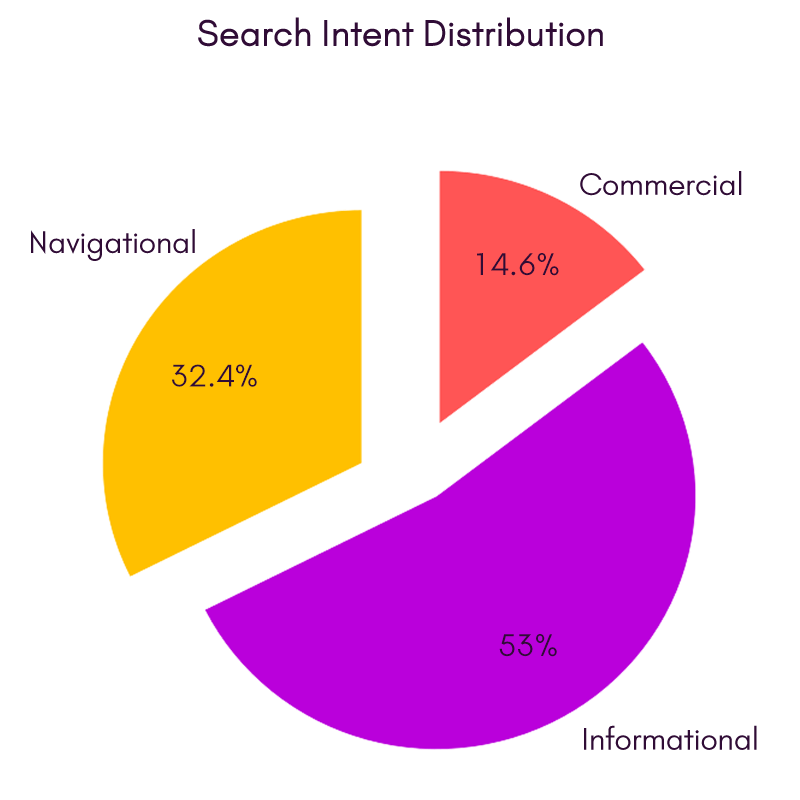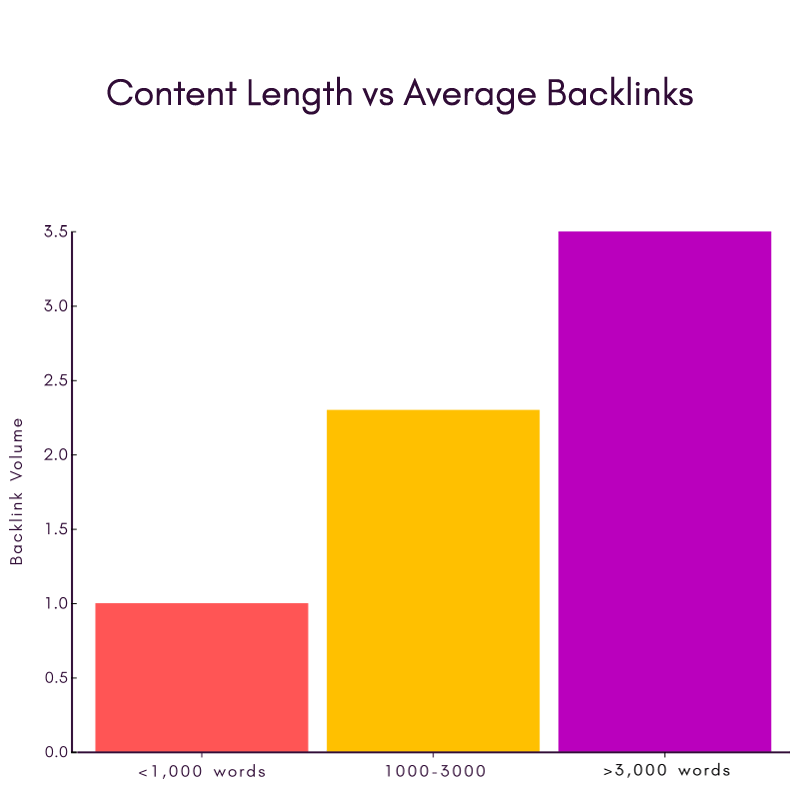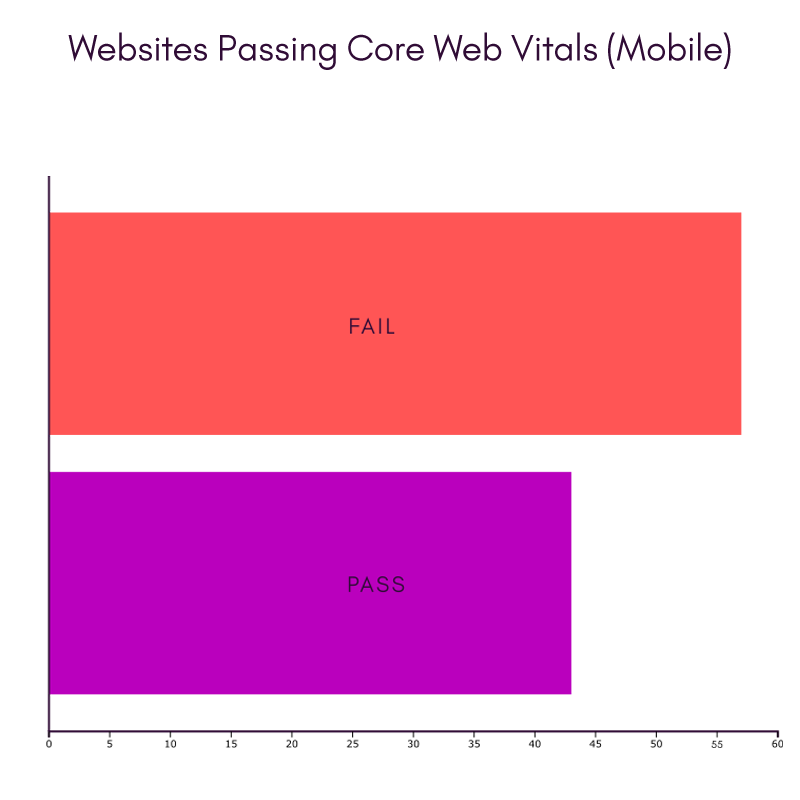SEO is constantly evolving. These 40 up-to-date stats highlight key trends in search behaviour, content, mobile performance, and ROI – each backed by original research or trusted industry sources.
Search Engine Market Share & User Behavior
Understanding how people use search engines – and which platforms dominate – helps shape where and how SEO efforts should be focused.
1. Google commands approximately 89-90% of the global search market, making it the dominant platform for SEO strategy. Source: StatCounter
2. Roughly 68% of all online experiences begin with a search engine, highlighting how critical SEO is to discoverability. Source: BrightEdge (via Ahrefs)
3. Google processes more than 8.5 billion searches per day – about 99,000 per second – revealing the massive volume of search activity. Source: Statista
4. The first organic result on Google captures 27.6% of clicks, making top-ranking positions exponentially more valuable. Source: Backlinko
5. Only 0.63% of users click through to the second page of results, reinforcing the importance of page-one rankings. Source: Chitika (via Wikipedia)
6. The top three Google results get a combined 54.4% of clicks, showing the value of securing one of these slots. Source: Backlinko
Organic Traffic, Keywords & Content Strategy
Content is still at the heart of SEO. These stats show how keywords, search intent, and content length impact visibility and traffic.
7. Organic search drives 53% of all trackable website traffic, outperforming paid, social, and direct channels. Source: BrightEdge

8. 94.7% of all keywords get 10 or fewer monthly searches, revealing how long-tail queries dominate SEO. Source: Ahrefs
9. Roughly 15% of searches on Google are brand new queries, which have never been typed into the engine before. Source: Google
10. Informational queries account for 52.6% of searches, with navigational at 32.2% and commercial at 14.5%. Source: Exploding Topics

11. Long-tail keywords account for about 70% of all search traffic, making them essential for scalable growth. Source: SEMrush
12. Long-form content (3,000+ words) receives 3.5× more backlinks and earns significantly more traffic than shorter content. Source: SEMrush

AI, Zero-Click, and SERP Behavior Changes
Google’s AI features and zero-click results are changing how users interact with search. These trends reveal what that means for organic reach.
13. Nearly 58.5% of U.S. and 59.7% of EU searches result in zero clicks, as users get their answers directly on the SERP. Source: SparkToro
14. As of late 2024, 29.9% of search results now include Google’s AI Overviews. Source: Knoyourmobile
15. Click-through rates drop from 36% to 23% when AI Overviews are shown, lowering traffic to traditional web pages. Source: SimilarWeb (via Barron’s)
16. Publishers saw a 47.5% (desktop) and 37.7% (mobile) CTR drop when AI Overviews were shown in Google results. Source: Authoritas
17. 80% of consumers say they get their answers directly from AI tools, reducing the need to click through to websites. Source: Wall Street Journal
18. 42% of users turn to generative AI for product recommendations and shopping advice, signalling a shift in intent-based search. Source: Wall Street Journal
Mobile & Voice Search
Mobile and voice are now default behaviours. These stats show how people search on the go – and how your site needs to keep up.
19. About 96% of people use mobile devices to access the web, making mobile-first optimization essential. Source: Braveheart Digital Marketing
20. 59% of all global web traffic comes from mobile, as reported by Statista. Source: Statista
21. Google commands 93% of the mobile search market share. Source: StatCounter
22. Only 43% of websites pass Core Web Vitals on mobile, revealing UX and performance weaknesses. Source: Google CrUX

23. Google handles over 1 billion voice searches every month. Source: Google
24. 50% of mobile users perform voice searches daily, favoring natural language and Q&A formats. Source: Search Engine Journal
Links, Authority & Technical SEO
Backlinks and strong technical performance remain key ranking factors. These stats highlight where most websites succeed – or fall short.
25. Only 33% of websites meet Google’s Core Web Vitals thresholds across all performance metrics. Source: Google CrUX
26. Approximately 7.4% of top-ranking pages lack a title tag, showing room for technical SEO improvements. Source: Backlinko
27. Backlinko found that 95% of all pages online have zero external backlinks. Source: Backlinko
28. Pages that rank #1 tend to have about 3.8× more backlinks than those in positions 2–10. Source: Backlinko
29. 96% of top-ranking pages have backlinks from over 1,000 unique domains, showing the correlation between link equity and visibility. Source: Ahrefs (via SEO blogs)
30. Companies that blog receive 97% more backlinks to their site than those that don’t. Source: SEMrush
Local SEO & ROI Trends
Local visibility and SEO ROI matter more than ever. This section shows how search connects to revenue, especially for local and B2B businesses.
31. Approximately 46% of all Google searches have local intent, based on user behaviour studies. Source: Search Engine Roundtable
32. 88% of consumers who perform a local search on their phone visit or call that business within 24 hours. Source: Google
33. 32% of U.S. users search for local businesses weekly, and 21% do so daily. Source: ReviewTrackers
34. 75% of top-converting local pages use reviews prominently as ranking signals. Source: BrightLocal
35. The average ROI for SEO is around 22:1 – $22 return for every $1 invested. Source: Exploding Topics
36. In industries like finance and real estate, SEO ROI can reach up to 1,389%. Source: Exploding Topics
37. The SEO industry is projected to reach a $122 billion valuation in 2025. Source: Statista
38. 45% of B2B marketers cite SEO as their most effective growth channel. Source: Content Marketing Institute
39. 91% of marketers say SEO improved their website performance in 2024. Source: Clutch
40. 78% of SEOs say link building delivers positive ROI in their campaigns. Source: Authority Hacker
